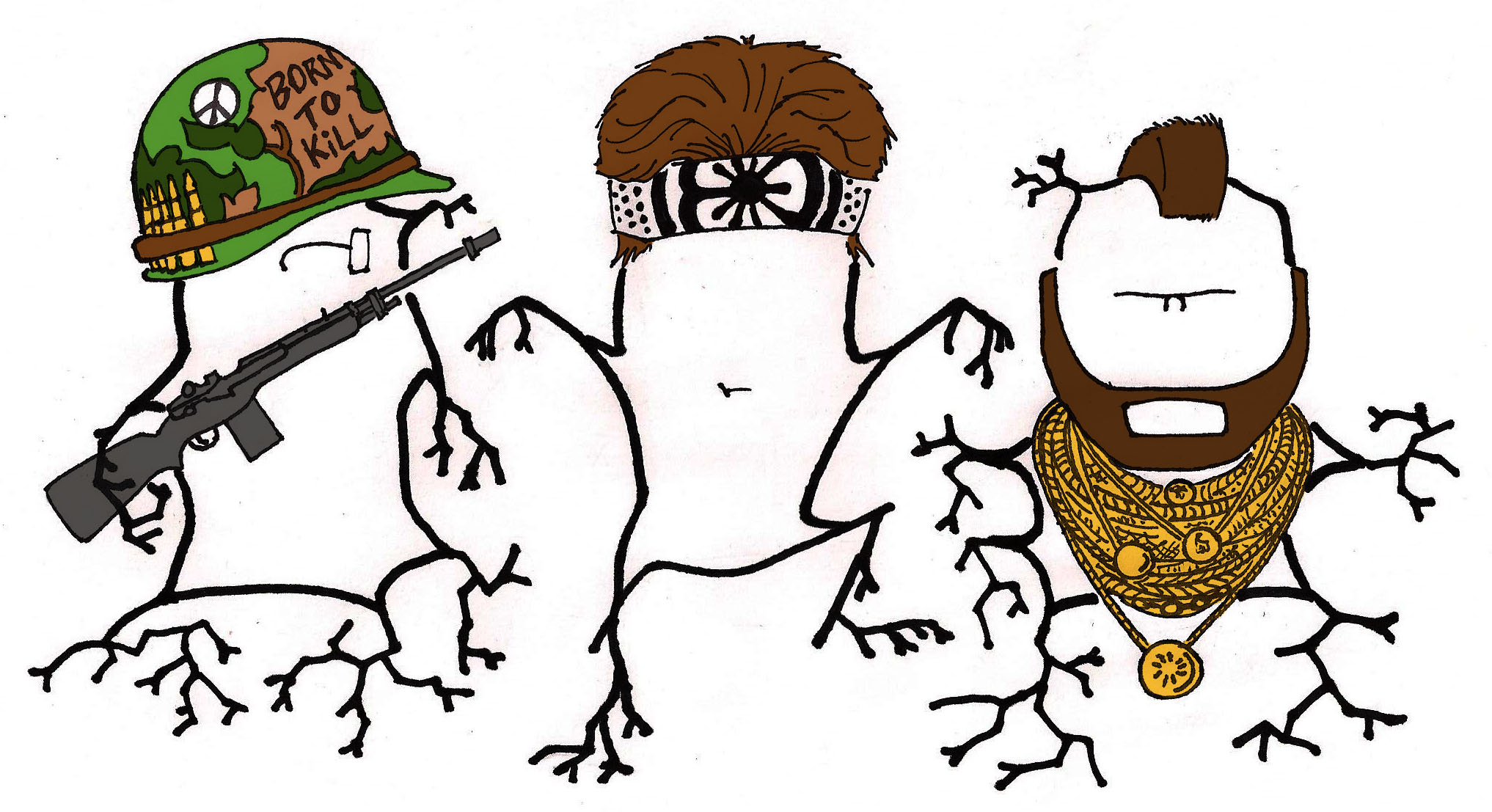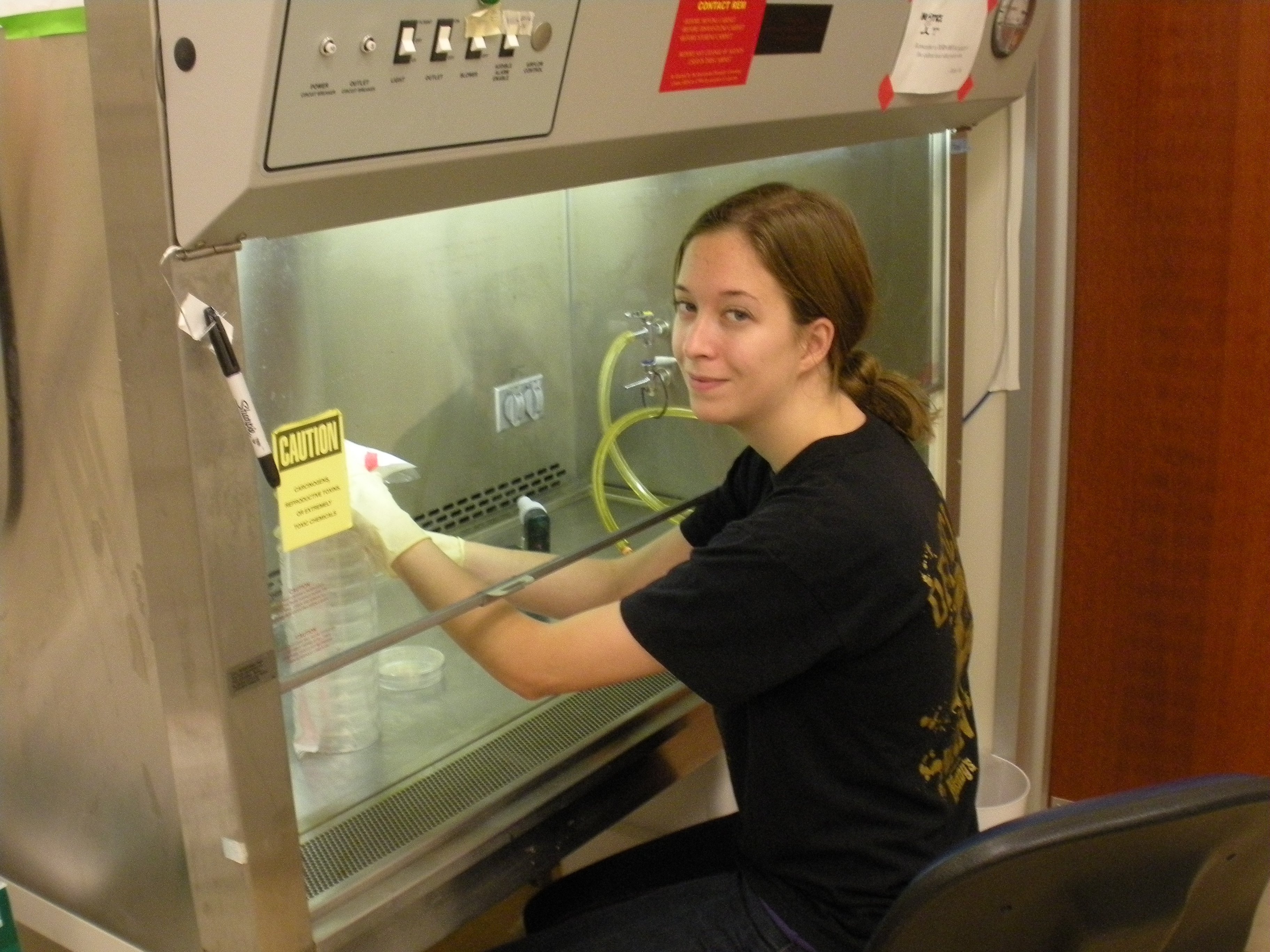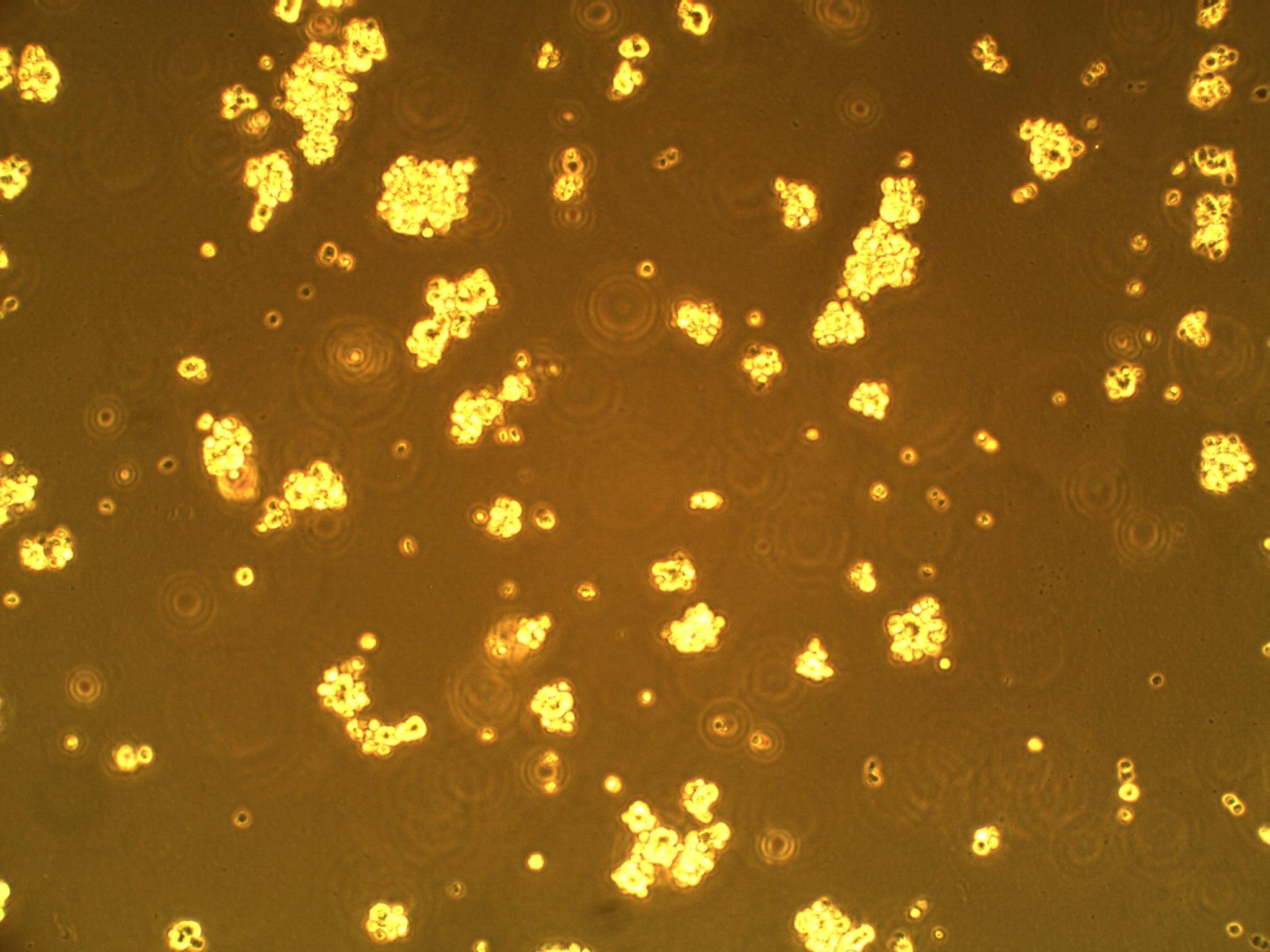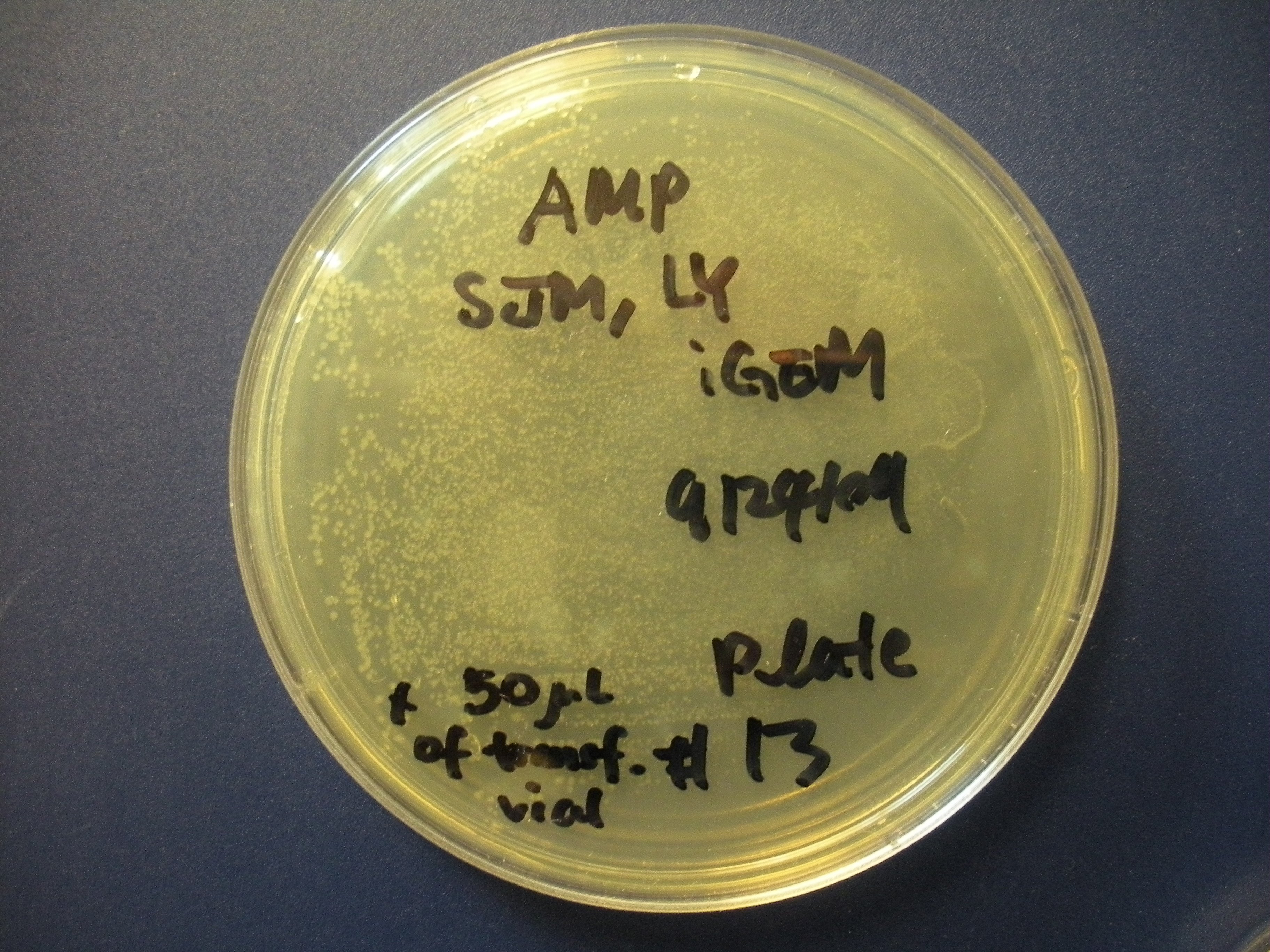Team:Purdue/Project
From 2009.igem.org
| Line 11: | Line 11: | ||
== '''Abstract''' == | == '''Abstract''' == | ||
| + | |||
| + | [[Image:PUlogoColor.jpg|450px|center]] | ||
Glioblastoma multiforme (GBM) is one of the most common forms of primary brain cancer, which usually results in fatality. To date, it has been difficult to overcome primary brain cancer resulting from GBM, primarily because the cancer-initiating cells are suspected to be highly resistant to current cancer therapies. The present study is focused on CD133+ cells found in primary GBM samples. CD133+ cells have shown resistance to hypoxia, irradiation, and some forms of chemotherapy. CD133+ hunting machines will be created by genetically engineering microglial cells (BV-2) with two constructs using mammalian expression vectors. The project will also take advantage of inherent qualities of the microglia such as constant environmental sensing and quick motility. The engineered BV-2s will be equipped to locate the specific GBMs and label the targeted cells with a tat-GFP fusion protein. To create an in-vivo-like environment, the cells will be grown in 3D collagen media. This would create a maze and challenge the microglia to seek out the cancer cells. Cell sorting techniques will be used to measure the accuracy in hitting positive targets, the CD133+ cells. It is the goal of this study to show an alternative approach to cancer treatment, and to emphasize the power of biologically available options to fight the disease. | Glioblastoma multiforme (GBM) is one of the most common forms of primary brain cancer, which usually results in fatality. To date, it has been difficult to overcome primary brain cancer resulting from GBM, primarily because the cancer-initiating cells are suspected to be highly resistant to current cancer therapies. The present study is focused on CD133+ cells found in primary GBM samples. CD133+ cells have shown resistance to hypoxia, irradiation, and some forms of chemotherapy. CD133+ hunting machines will be created by genetically engineering microglial cells (BV-2) with two constructs using mammalian expression vectors. The project will also take advantage of inherent qualities of the microglia such as constant environmental sensing and quick motility. The engineered BV-2s will be equipped to locate the specific GBMs and label the targeted cells with a tat-GFP fusion protein. To create an in-vivo-like environment, the cells will be grown in 3D collagen media. This would create a maze and challenge the microglia to seek out the cancer cells. Cell sorting techniques will be used to measure the accuracy in hitting positive targets, the CD133+ cells. It is the goal of this study to show an alternative approach to cancer treatment, and to emphasize the power of biologically available options to fight the disease. | ||
| - | |||
| - | |||
| - | |||
| - | |||
| - | |||
| - | |||
| - | |||
| - | |||
| - | |||
| - | |||
| + | == '''Project Details'''== | ||
=== The Concept === | === The Concept === | ||
| + | |||
| + | [[Image:JessSciencePU.JPG|400px|right]] | ||
Our basic goal is to use the natural mobility of a microglial cell to find specific cells found in 1% of some glioblastoma multiforme. | Our basic goal is to use the natural mobility of a microglial cell to find specific cells found in 1% of some glioblastoma multiforme. | ||
| + | |||
Glioblastoma multiforme (GBM) is a deadly brain cancer found characterizing over 60% of brain cancers. With current treatment options, even the best-cared for patient, once diagnosed, has little over one year to live. Most recently, Ted Kennedy died of this cancer. | Glioblastoma multiforme (GBM) is a deadly brain cancer found characterizing over 60% of brain cancers. With current treatment options, even the best-cared for patient, once diagnosed, has little over one year to live. Most recently, Ted Kennedy died of this cancer. | ||
| Line 58: | Line 54: | ||
| | | | ||
|- | |- | ||
| - | |[[Image:NeurospheresPU.jpg|center| | + | |[[Image:NeurospheresPU.jpg|center|350px|]] ||||||| [[Image:EcoliPlatePU.jpg|center|350px|]] |
|- | |- | ||
| - | |CD133+ glioblastoma multiforme cells forming neurospheres || Successful transformed colonies of tat-GFP-producing ''E. coli'' | + | |CD133+ glioblastoma multiforme cells forming neurospheres ||||||| Successful transformed colonies of tat-GFP-producing ''E. coli'' |
|} | |} | ||
Revision as of 23:21, 20 October 2009
Home The Team The Project Parts Submitted to the Registry Modeling Notebook Safety
Contents |
Abstract
Glioblastoma multiforme (GBM) is one of the most common forms of primary brain cancer, which usually results in fatality. To date, it has been difficult to overcome primary brain cancer resulting from GBM, primarily because the cancer-initiating cells are suspected to be highly resistant to current cancer therapies. The present study is focused on CD133+ cells found in primary GBM samples. CD133+ cells have shown resistance to hypoxia, irradiation, and some forms of chemotherapy. CD133+ hunting machines will be created by genetically engineering microglial cells (BV-2) with two constructs using mammalian expression vectors. The project will also take advantage of inherent qualities of the microglia such as constant environmental sensing and quick motility. The engineered BV-2s will be equipped to locate the specific GBMs and label the targeted cells with a tat-GFP fusion protein. To create an in-vivo-like environment, the cells will be grown in 3D collagen media. This would create a maze and challenge the microglia to seek out the cancer cells. Cell sorting techniques will be used to measure the accuracy in hitting positive targets, the CD133+ cells. It is the goal of this study to show an alternative approach to cancer treatment, and to emphasize the power of biologically available options to fight the disease.
Project Details
The Concept
Our basic goal is to use the natural mobility of a microglial cell to find specific cells found in 1% of some glioblastoma multiforme.
Glioblastoma multiforme (GBM) is a deadly brain cancer found characterizing over 60% of brain cancers. With current treatment options, even the best-cared for patient, once diagnosed, has little over one year to live. Most recently, Ted Kennedy died of this cancer.
Scientists have found that GBM is made up of many different cell types, some of which make this primary tumor difficult to destroy. In the center of some of these tumor masses, there is a small subset of cells that display stem cell-like qualities. These cells express CD133, a protein found only on stem cells. These stem-like cells have been shown to be resistant to hypoxia, irradiation, and some chemotherapies. These qualities indicate to some a possible reason why recurrence is so high in patients diagnosed with GBM: it is possible that these stem-like cells are the crucial tumor-initiating cells (Cancer Stem Cell Theory), but they are not destroyed along with rest of the tumor mass using current therapies.
Microglial cells are the macrophage of the central nervous system. In a resting state, the microglia have extensions that constantly survey the environment. The microglia interpret signals from the environment and act accordingly. Also, microglia have the ability to "clean up" dead cells and debris via phagocytosis, and move around towards possible threats.
Our goal is to use the microglia to seek out the CD133+ stem-like cells found in the glioblastoma. We plan to achieve this goal by creating a chimeric receptor that is specific for the CD133 protein. Currently, the CD133 protein is not fully characterized. To solve this dilemma, we will use part of the CD133 antibody (Fab region) and most of the Fc gamma receptor to create a very specific chimeric receptor. The Fc receptor is native to the microglia, and thus the microglia have the pathway needed to activate a signal cascade, of which a downstream product is the protein c-jun. As of right now, we are planning on using the c-jun promoter to activate our product, a tat-GFP fusion protein.
Tat is a cell-penetrating peptide that was first discovered by two independent labs studying HIV-1. Although the mechanism is unknown, tat has the ability to cross cell membranes with ease. Using this inherent quality, we are attaching it to GFP to create a fusion protein that would label the CD133 cells. The basic idea is that if the CD133+ cell can be labeled, it can be killed.
In the future, we would like to hook up an apoptotic factor to the tat in an attempt to kill the CD133+ glioblastoma cells (as opposed to just labeling them).
Overall, we have created a seek and destroy system that is modular and can be adapted to other problems in the human body.
Plasmid Design
What We've Done
So far, we have cultured our microglial (BV-2) and CD133+ GBM cells in both 2D and 3D to observe any cellular morphological changes that occur between the two types of culture as they both simulate different environments. We've noticed that in 2D culture, the BV-2's attach to the plate, and become flat; in 3D, they are more spherical in geometry. We have also noticed that the CD133+ GBM cells form neurospheres in culture--a natural (but interesting) occurrence (see picture below).
| CD133+ glioblastoma multiforme cells forming neurospheres | Successful transformed colonies of tat-GFP-producing E. coli |
A co-culture of both cell types has also been performed to see how the cells interact in the same setting. We have seen that the BV-2's actually interact with the GBM cells (see picture below). We think they might be attracted to something the GBM cells are secreting (an interleukin, maybe?).
We have also successfully transformed a bacterial version of our new part into E. coli, and we hope to harvest the tat-GFP from them soon for other experiments. In terms of modeling, we have created a working model (see the Modeling Page), and we have determined growth rate parameters experimentally for it.
 "
"




